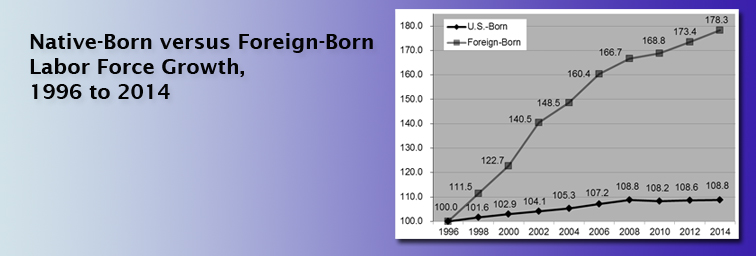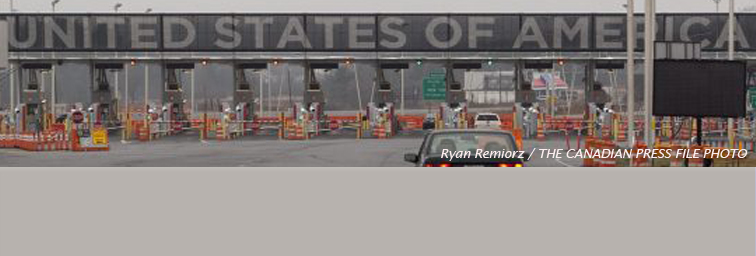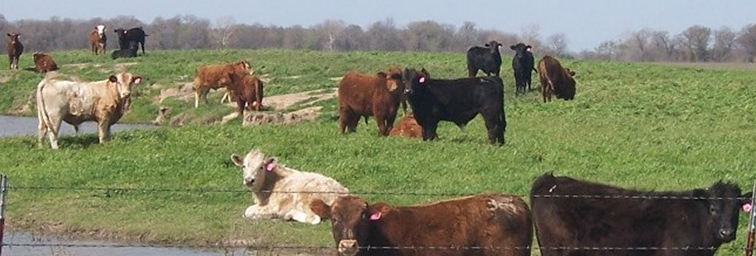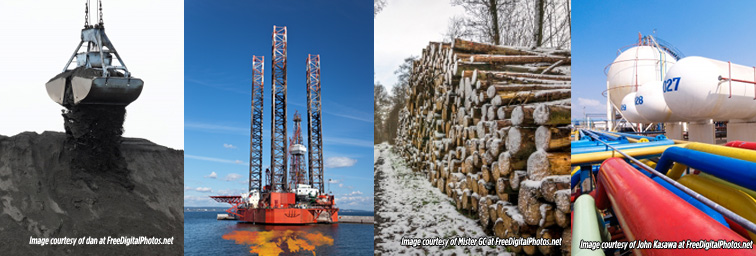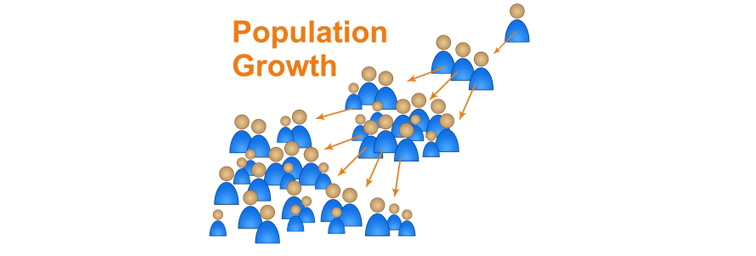The Negative Economic Impact of Immigration on American Workers
We are a nation of immigrants: except for American Indians, we or our ancestors left other countries for a better life in the United States. For much of our history, immigration was good for the economy. Compared to Europe, the U.S. was well endowed with land and capital but relatively short of labor. By populating the frontier, increasing the size of the market economy, and adding valuable skills and expertise to the native workforce, successive waves of foreign workers enhanced the living standards of earlier immigrants as well as their U.S.-born children…
Continue Reading
Reflections on Sustainability, Population Growth, and the Environment
Click here for a downloadable, printable PDF version Reflections on Sustainability, Population Growth, and the Environment A Note from NPG With the death in early September 2013 of Professor Al Bartlett at age 90, NPG – along with all others fighting for population limits that ensure a sustainable environment and lasting resource base for the future – lost an irreplaceable …
Continue Reading
There is Still Time (NPG Booknote)
There is Still Time NPG Booknote by David Simcox Peter Seidel, a longtime advocate of population reduction and friend and supporter of NPG, has released a new book: There is Still Time (360 Editions; Cincinnati, Ohio, 2015 – available through Amazon). This short book asks and answers critical questions for all of us concerned about humanity’s future on this planet: …
Continue Reading
IMMIGRATION DRIVES U.S. POPULATION GROWTH
Click here for a downloadable, printable PDF version IMMIGRATION DRIVES U.S. POPULATION GROWTH by Edwin S. Rubenstein U.S. population, 322 million by late 2015, is growing by over 2.5 million per year. According to one study, the country can sustain a population of only 200 million, and that’s only if we cut energy consumption by half. The key to population …
Continue Reading
ALL IN THE FAMILY: Preferences for Relatives Drive U.S. Immigration and Population Growth
Click here for a downloadable, printable PDF version ALL IN THE FAMILY: Preferences for Relatives Drive U.S. Immigration and Population Growth INTRODUCTION AND KEY FINDING In 2015 the United States set a record for the largest number of immigrants in its population. By the second quarter of this year, the size of the total immigrant population (legal and illegal) reached …
Continue Reading
DYING OF THIRST: POPULATION GROWTH, CLIMATE CHANGE AGGRAVATE WATER SHORTAGES
Water – Much More Than Just the “Universal Solvent”
Chemists refer to water – H20 or H-O-H – as the “universal solvent,” because it is capable of dissolving a wide range of different substances. In fact, more substances or chemical compounds can dissolve in water than in any other liquid….
Continue Reading
GEONOMICS 101
Human Misperceptions
Water comes from a faucet; food comes from a grocery store; electricity comes from a wall socket; light comes from flipping a switch; heat and air conditioning come from adjusting a thermostat; motor fuel comes from a gas station; cars and trucks come from factories; the myriad consumer…
Continue Reading
The Other Soil Erosion: Long-Term Erosion of Our Productive Farmland Base from U.S. Population Growth
Click here for a downloadable, printable PDF version The Other Soil Erosion: Long-Term Erosion of Our Productive Farmland Base from U.S. Population Growth Introduction – Appreciating the Land That Feeds Us In the new century, sustainable agriculture has become a buzzword of sorts, and fresh, healthy (preferably organic), locally-grown food is an ideal if not a mantra. In the Mid-Atlantic …
Continue Reading
A Geomoment of Affluence Between Two Austere Eras
During most of human history austerity has been the norm. Only recently have some segments of world population enjoyed an affluent life. But these are very unusual times, far from the norm. It now appears human history can be broken into three distinct eras. First, the long march from the millennia of the hunter-gatherer economy to the time of the beginning and then widespread use of fossil fuels and other nonrenewable resources….
Continue Reading
The President’s Column: NPG Statement on Population
We believe that the optimum rate of population growth is negative.
We believe that the optimum rate of population growth for the United States (and for the world) is negative, until such time as the scale of economic activity – and its environmental effects – is reduced to a level that would be sustainable indefinitely. We are convinced that if present rates of population …
Continue Reading
